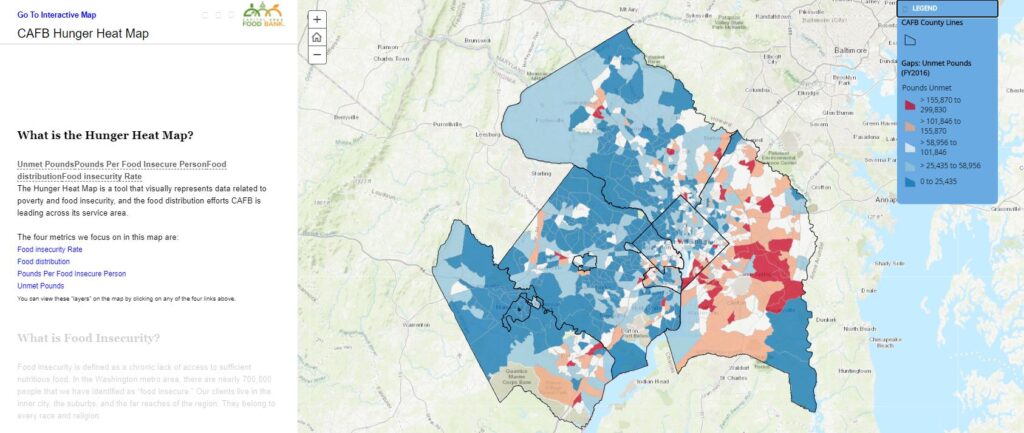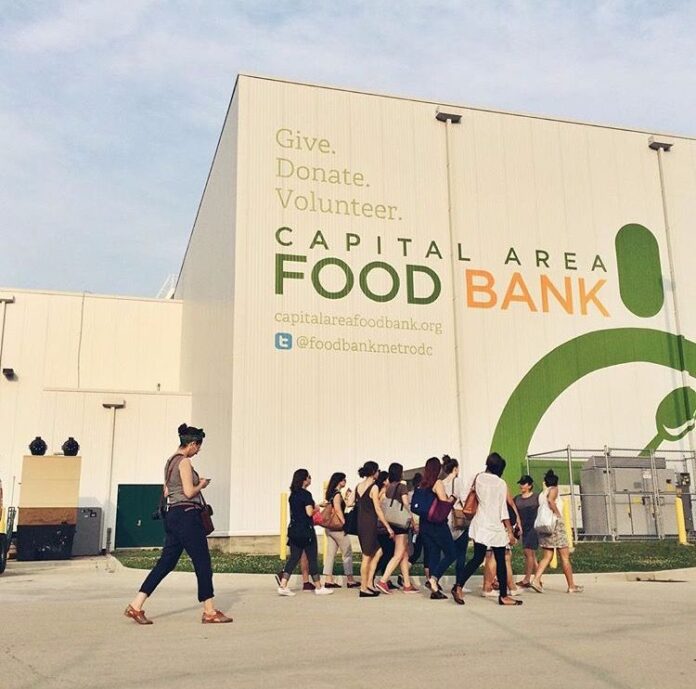This Article, published by The Pump Handle, discusses some technological advancements that the back-end of food banks are using to satisfy customers and reduce food waste.
Feeding America is the business that distributes to foodbanks in Ohio as well as many other states in the US. For context, almost all food pantries in the Franklin County area receive food shipments from Mid-Ohio Food Bank, which is run through Feeding America. Put simply, they distribute a lot of food to feed a lot of people.
In the past ten years, this company has made a lot of improvements with communication to its food banks. For example, food banks used to be restricted to food from local vendors. Now, they can receive food. From places throughout the country. This is great for offering a diversity of foods to their customers.
This article does not, however, discuss the connection between food banks and food pantries, which is potentially a more important connection. Food banks don’t distribute food to the masses, only to pantries. Food banks are responsible for knowing what foods the community will want. Reliability from food banks to food pantries is also essential for creating a more efficient system.
Another interesting aspect of this article was the mention of a Hunger Heat Map which Washington D.C. area uses to determine their service. They compare the information of households getting food to the census statistics of food insecurity. They recently just added coronavirus statistics to this map as well.

The red districts highlight where there are lots of households with food insecurity, but not a lot of service from food pantries. More research could be done about why there is poor attendance to food pantries in these areas. Feeding America has a similar interactive map, so the information is readily available to the public. I will be able to use these statistics to my benefit while working on this project.




